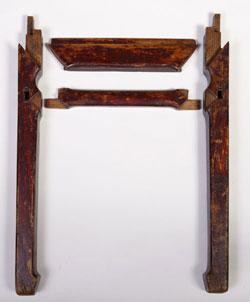TRADITIONAL CHINESE JOINERY
The secret of Chinese furniture lasting for generation after generation is its ingenious joinery construction.
After centuries of practice traditional cabinet-makers in China perfected a joinery system for crafting solid timber furniture that did not require the use of screws or nails. In this furniture mortise and tenon joints are used to connect structural members. Panels are fitted in the frame using tongue and groove without glue to allow contraction and expansion. Cross braces are used under the panels for strength and stability. The joints are precise and interlocking. When necessary timber wedges are inserted to fasten the joints. Glue is only for secondary reinforcement which may be used to secure the locking wedges but is rarely used in the joints themselves.
The images below demonstrate the level of craftsmanship required for a stool.
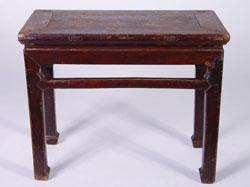
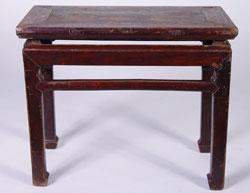
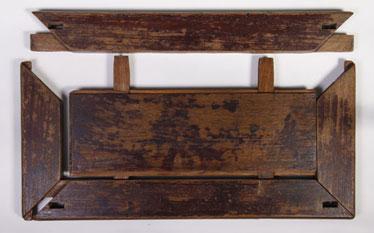
The topside view of the seat shows a mitred frame with haunched through-tenons on the long rails and through-stub tenons on the short rails. The floating seat panel is trapped in a continuous rebate by an integrated tongue.
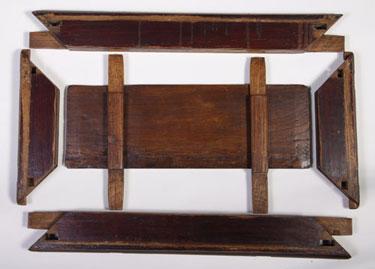
The underside view of the seat shows twin braces with through-tenons that transect the long rails.
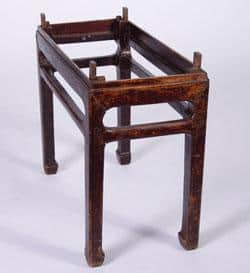
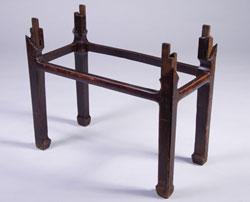
The legs engage the seat with through-tenons and secondary blind tenons. The first photo has the skirt attached and the second has the skirt removed to see the 45 degree shoulder cuts on legs.
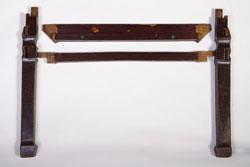
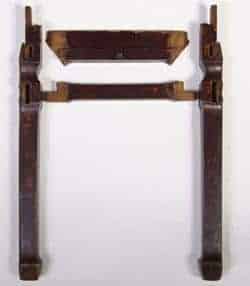
The inside view of the leg structure shows each leg has 4 mortises to engage skirts and stretchers. There is a blind tenon on each end of the skirt and a haunched through-tenon on each end of the stretcher. The first photo shows the long side of the stool and the second shows the short side.
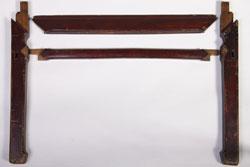
The outside view of the leg structure shows the skirt is cut at 45 degrees on each end to engage the shoulders of the legs with small tenons on the lower corners. The stretcher engages the legs with flush bird beak joints.
